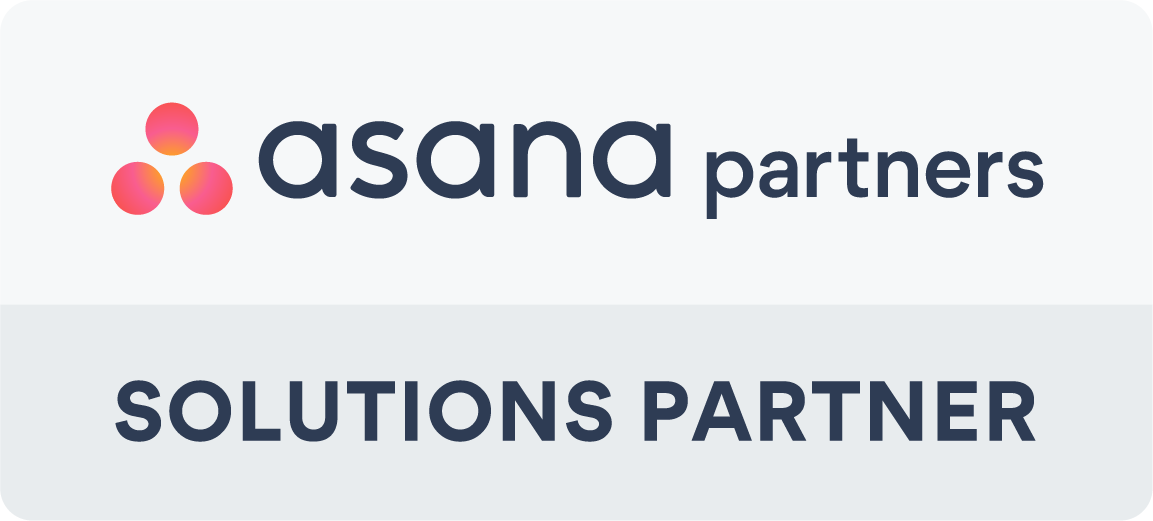BONUS EBOOK: 5 Reasons to Use Cloud Security with Remote Workers
Businesses are overwhelmingly migrating to the cloud. Along with the multiple benefits that this technology brings, it's also time to think about the next generation of web security. The need is for a security platform that protects cloud services, applications, websites, and data for any user, location or device.
There have been significant changes in web security over the last decade. As more web traffic shifts to the cloud, legacy Secure Web Gateways (SWG) no longer meet modern organisations' needs. They lack the data visibility, performance, scale and consolidation that cloud services require.
The current appliance-based solutions that most organisations use often come with performance issues and are blind to remote users' network traffic. And that is on top of the capital cost and maintenance requirements.
Phishing attacks on SaaS and webmail now rank number one over financial targets for modern online threats.
As we see more and more people adopting the WFH (work from home) or remote work model due to the global COVID-19 pandemic, this is the perfect time to invest in a next-generation secure web gateway. According to data, web traffic has changed with up to 85% now coming purely from app and cloud services.
As a result of this change in traffic, a new next-gen SWG solution addresses advanced threat protection, encrypted traffic inspection, visibility and the policy control that cloud services require. We need a multi-layer approach to provide visibility for app content and activity while enabling remote users with direct-to-net access.
BONUS EBOOK: 5 Reasons to Use Cloud Security with Remote Workers
Why Next-Gen SWG is the Future?
The need for a Next-Gen Secure Web Gateway stems from the inability of traditional SWGs to effectively safeguard web and cloud app users or the enterprise from several pressing issues. As the number of cloud apps and services grows, so do cloud-enabled threats.
Phishing attacks on SaaS and webmail now rank number one over financial targets for modern online threats. All stages of the cyber kill chain are now cloud-enabled, including reconnaissance, weaponisation, delivery, and call back communications. Legacy SWG solutions remain mostly blind to these growing apps, tactics and cloud services.
The rising data exposure and theft in a cloud-first world has seen over 90% of data created in the cloud occurring in the last two years. The ability to transfer data between the company and personal instances of managed cloud apps or another private cloud app instance is part of most users' Internet usage today. Yet, legacy SWG solutions often lack DLP capabilities, particularly for cloud services, web browsers and forms, mobile apps and sync clients.
The growing number of remote workers accessing private and public apps and resources has highlighted cloud adoption speed, especially amid a global crisis resulting from a pandemic.
The digital transformation to cloud and mobile is inverting the legacy security stack and increasing the pressure on IT teams who are servicing a new remote worker base. Legacy SWG appliances use VPNs to establish secure connections to central data centres which are no longer sufficient. Zero trust network access (ZTNA) and secure access service edge (SASE) architectures are the future, and at their core is the cloud-native SWG.
Next-Gen SWG offers many benefits to existing solutions for the enterprises that want to deal with the growing volume and sophistication of cloud-enabled threats and data theft. The technology delivers various advanced cloud visibility features and capabilities, ensuring users can safely and securely use cloud apps and the web to go about their business.
From increased visibility and control to better consolidation of platforms and products, this new model means any user, in any location, on any device is protected with minimal impact on performance and productivity.
If you'd like to find out more about adopting a Next-Gen Secure Web Gateway for your IT operations then please complete the form below and one of our cloud security specialists will reach out to you.



